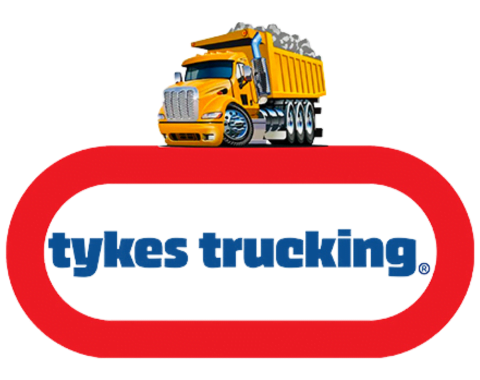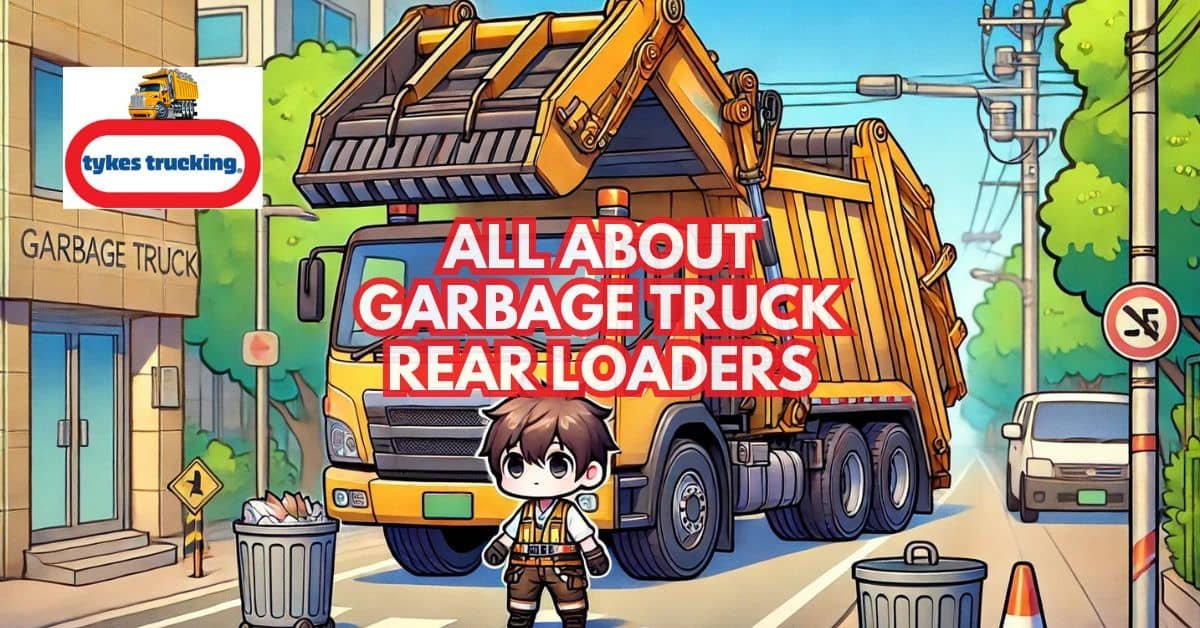Garbage truck rear loaders are a vital part of urban waste management systems.
These trucks are specifically designed to collect waste from residential areas efficiently.
The rear loader mechanism allows for easy loading and unloading of trash.
This design is particularly effective in narrow streets and crowded areas.
Understanding how these trucks work can help appreciate their role in maintaining clean and healthy communities.
1. Deconstructing the Rear Loader: A Breakdown of its Essential Parts
A rear loader garbage truck has several essential parts, including the hopper, packer blade, and lift mechanism.
The hopper is the rear section where garbage is initially loaded.
The packer blade moves the trash from the hopper into the body of the truck, compacting it to create more space.
The lift mechanism, often hydraulic, helps lift heavy bins and dump their contents into the hopper.
Each of these parts works together to ensure efficient and effective waste collection.
🚚 Unveiling the Power of the Garbage Truck Compactor: How It Devours Your Trash
2. Packing a Punch: How Compaction Maximizes Efficiency
The compaction system in rear loaders significantly increases their efficiency.
By compacting the waste, these trucks can carry more trash in a single trip.
This reduces the number of trips needed to the landfill, saving time and fuel.
The compaction mechanism uses a powerful blade to press the waste into a smaller, more manageable size.
This not only maximizes the truck’s capacity but also helps reduce the overall environmental impact of waste collection.
🚚 Mastering Hauling: Expert Tips for Maximizing Your 30-Foot Flatbed Trailer
3. Streamlining Curbside Collection: The Advantages of Rear Loaders
Rear loaders offer numerous advantages for curbside waste collection.
Their design allows them to maneuver easily through tight spaces, such as narrow streets and alleys.
They can handle a variety of waste types, from household trash to bulkier items like furniture.
Rear loaders are also versatile, able to collect waste from traditional bins and larger containers.
This flexibility makes them a preferred choice for many municipalities looking to streamline their waste collection processes.
🚚 Elevate Your Drive: Must-Have Chrome Truck Accessories for Ultimate Style
4. Safety on the Streets: How Rear Loaders Protect Sanitation Workers
Rear loaders are equipped with numerous safety features to protect sanitation workers.
These include automated loading mechanisms that reduce the need for manual lifting, minimizing the risk of back injuries.
Secure compartments and safety guards prevent workers from coming into contact with moving parts.
Rear loaders also feature backup cameras and sensors to ensure safe operation in busy urban areas.
These safety measures collectively create a safer working environment for those who handle waste collection.
🚚 Freshness Guaranteed: Navigating Reliable Refrigerated Trucking Services in Cainta
5. Beyond the Standard: Exploring Customization Options for Rear Loaders
Customization options for rear loaders allow municipalities to tailor the trucks to their specific needs.
These options can include different hopper sizes, which accommodate various volumes of waste.
Specialized attachments, such as bin lifters or compactors, enhance the truck’s functionality.
Additionally, unique configurations like dual hoppers enable simultaneous collection of different waste types, such as recyclables and general trash.
Customization ensures that rear-loaders can meet the diverse demands of different waste management scenarios.
🚚 Decoding Flatbed Truck Dimensions: Choosing the Perfect Trailer Size for Your Needs
6. Advanced Features for a Modern Fleet: Beyond the Basics
Modern rear loaders come with advanced features that go beyond basic waste collection.
GPS tracking systems help in monitoring the trucks’ locations and optimizing their routes.
Automated controls and robotic arms streamline the loading and unloading processes, reducing the time spent on each collection.
These trucks can also be fitted with telematic systems that provide real-time data on their performance and maintenance needs.
Advanced features like these enhance the overall efficiency and reliability of the waste collection fleet.
🚚 Custom Flatbed Trucks: Tailored Solutions to Boost Your Business Efficiency
7. Going Green: Fuel Efficiency and Eco-Friendly Considerations
Rear loaders are increasingly designed with fuel efficiency and eco-friendliness in mind.
Innovations such as hybrid engines and electric powertrains reduce fuel consumption and lower emissions.
These green technologies help municipalities meet their sustainability goals and reduce their carbon footprint.
Additionally, lightweight materials and aerodynamic designs contribute to better fuel efficiency.
Eco-friendly rear loaders represent a significant step towards more sustainable waste management practices.
🚚 Essential Gear for the Open Road: Truck Driver Essentials Every Trucker Should Own
8. The Power of Data: How Smart Technology Optimizes Rear Loader Performance
Smart technology is transforming the performance of rear loaders through data-driven insights.
Sensors and GPS systems provide real-time data on the truck’s location, load capacity, and operational status.
This information helps optimize routes, reduce fuel consumption, and improve collection efficiency.
Maintenance needs can be predicted and addressed proactively, minimizing downtime.
Data analytics also allow for better planning and resource allocation, ensuring a more efficient waste management process.
🚚 Enhancing Efficiency: Top Box Truck Accessories to Streamline Your Logistics
9. A Sustainable Lifecycle: From Service to Responsible Disposal
The lifecycle of a rear loader includes responsible management from its active service to disposal.
During its operational life, regular maintenance ensures longevity and efficiency.
When it’s time to retire the truck, parts are often recycled or repurposed, reducing waste.
End-of-life protocols ensure that hazardous materials are disposed of properly.
This sustainable approach minimizes the environmental impact of waste management vehicles.
🚚 Tackling Big Loads: Your Comprehensive Guide to the Mighty 53-Foot Flatbed Trailer
10. The Future is Now: Innovative Advancements for Rear Loaders
Innovative advancements are pushing rear loaders into the future with new technologies.
Electric rear loaders are becoming more common, offering zero emissions and quiet operation.
Autonomous rear loaders are also being developed, promising to further enhance efficiency and safety.
Smart integration with city infrastructure allows for better waste management coordination.
These advancements are paving the way for more effective and sustainable waste collection solutions.
🚚 Mastering the Haul: All You Need to Know About Flatbed Services
💡 Conclusion
Rear loaders play a crucial role in modern waste management by combining efficiency, safety, and sustainability.
Their advanced features and customization options make them versatile for various collection needs.
The integration of smart technology and eco-friendly designs ensures they meet the demands of today’s cities.
By embracing these benefits, municipalities can enhance their waste collection processes.
This ultimately leads to cleaner, safer, and more sustainable urban environments.
😉 Our Services
Tykes Trucking Services is your reliable partner for delivering aggregates and providing hauling services.
We ensure timely and efficient deliveries to meet your project needs.
Reach us at 09175435019, through our Facebook page, or via our website’s contact form.
Our team is dedicated to offering exceptional service with a focus on customer satisfaction.
Trust Tykes Trucking Services for all your hauling and aggregate delivery needs.

